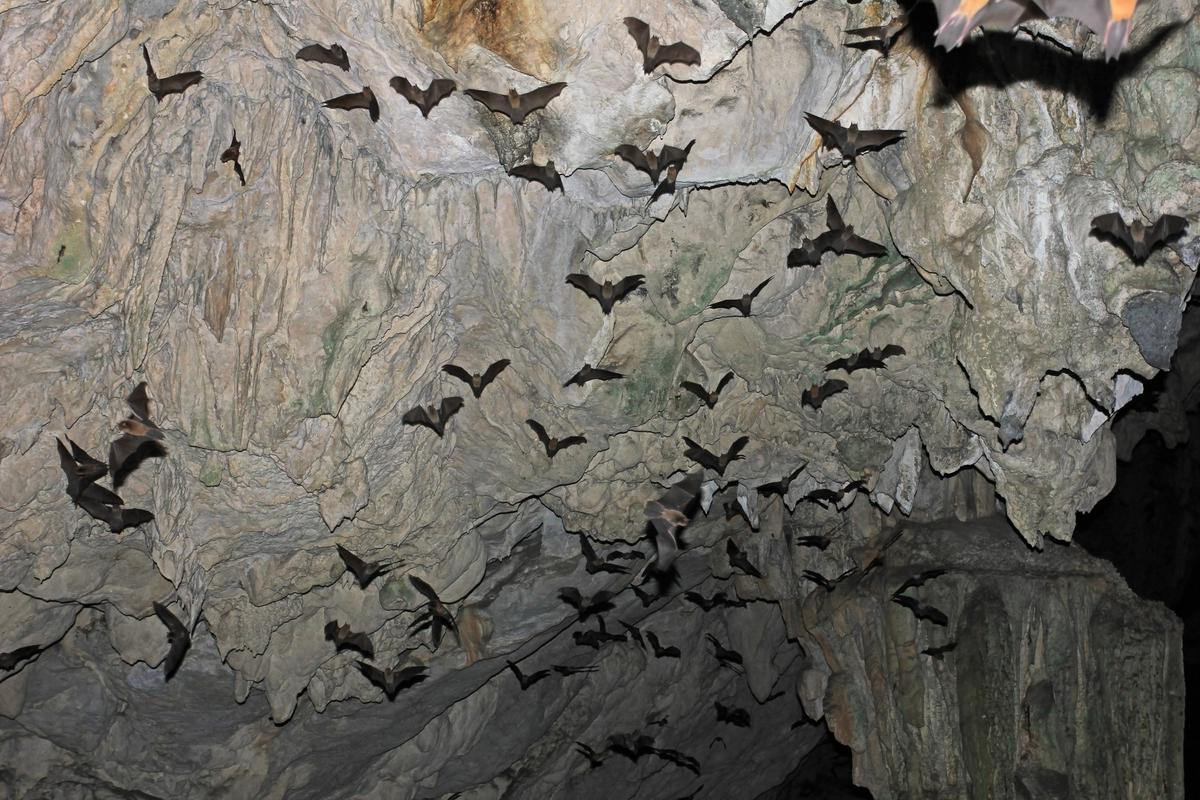
Declining bat populations are a cause for human concern
The Hindu
Bats help cycle nutrients in the environment and pollinate plants and are critical for the functioning of healthy ecosystems.
Fewer bats will be flapping through the evening skies in the coming months. It’s the time of year where some species go into hibernation, cozying up in narrow rock crevices or caves to overwinter.
Fortunately, this disappearance is only seasonal. Bats are critical for the functioning of healthy ecosystems. They help cycle nutrients in the environment and pollinate plants. They also eat agricultural pests, which reduces the need for pesticides.
Bats provide enormous value to our ecosystems, but because they do their work under the cover of darkness, we aren’t always aware of the help they give.
More worrisome than this seasonal disappearance is the fact that bat populations have been declining in North America for decades. Loss of habitat due to forestry, urbanization and conversion of land to agriculture reduces suitable habitats for bats, while pesticide application kills the insects that they feed on.
These impacts are exacerbated by the fungus, Pseudogymnoascus destructans, which causes white-nose syndrome. This fatal fungus is responsible for the deaths of over six million bats in North America.
White-nose syndrome has been particularly devastating in Eastern Canada where it’s caused an over 90 per cent decline in populations of little brown myotis ( Myotis lucifugus) and northern myotis ( Myotis septentrionalis).
The fungus is making its way further west, with the first recorded case in Saskatchewan in July. White-nose syndrome hasn’t been detected yet in British Columbia, but the deadly threat is looming.











